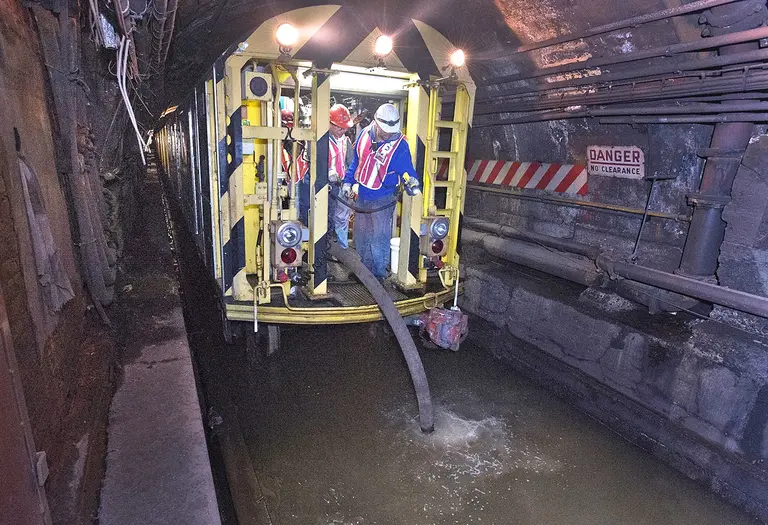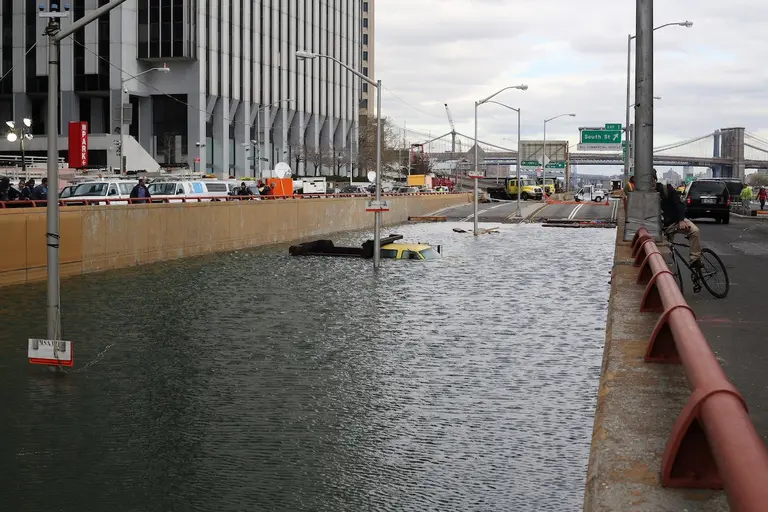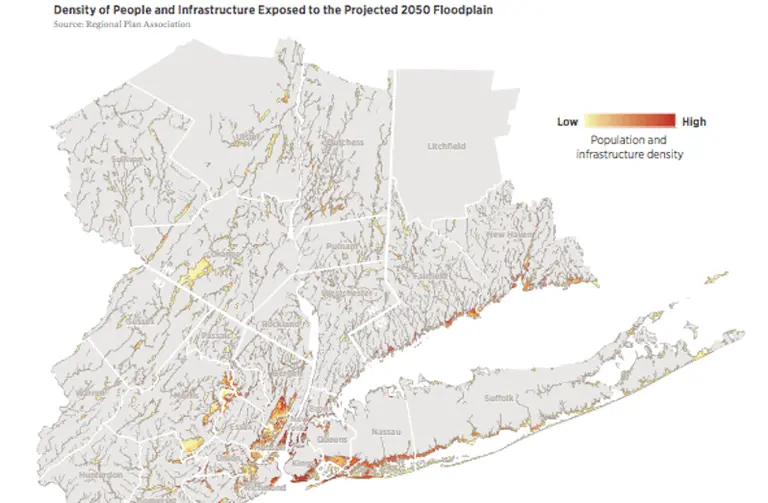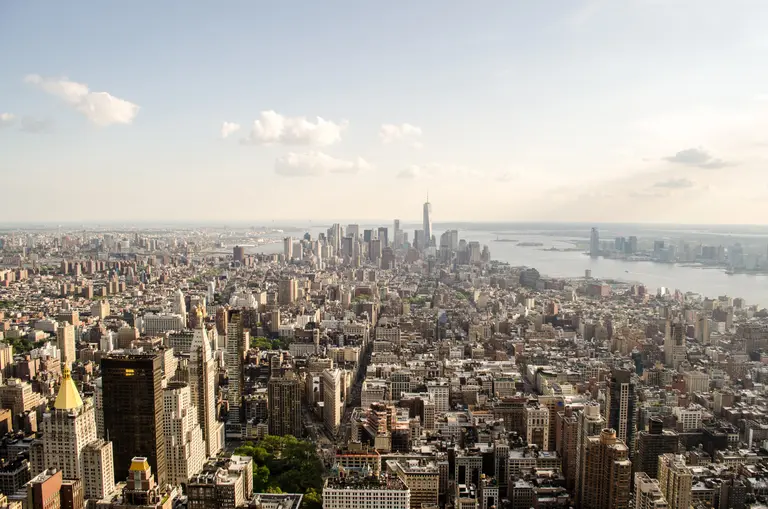February 14, 2018
Released last fall, the Regional Plan Association's (RPA) Fourth Plan includes 61 recommendations focused on improving and expanding the area's deteriorating infrastructure, transportation, and affordability, much of which revolves around climate change and its transformation of the region. According to the report, more than one million people and 650,000 jobs are at risk of flooding due to rising sea levels. In the plan, the RPA ambitiously recommends that the New Jersey Meadowlands, 21,000 acres of low-lying wetlands, becomes a national park as a way to mitigate impacts of climate change (h/t Curbed). Designating the region's largest wetland as a national park would restore the natural habits, protect nearby communities, and create a recreational space, becoming, the report says, a "Climate Change National Park." The Meadowlands National Park would adapt and grow with climate change by drawing and redrawing the boundaries of the park as coastlines change.
Find out more







